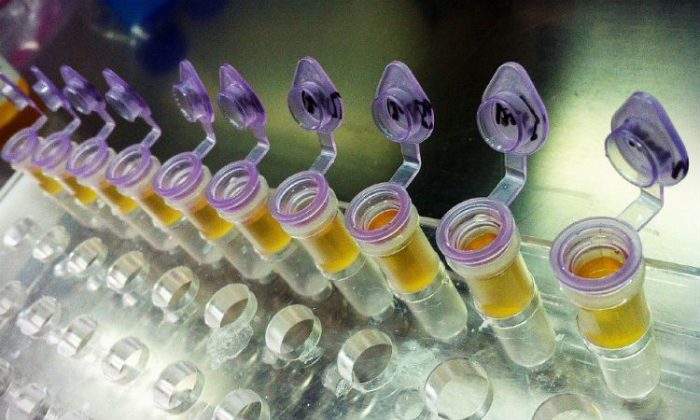This article originally appeared on Mom.com on December 1, 2014. Read the original article here.

In my last post, I wrote about my results from our embryo transfer. It was determined by my doctor that my negative results were in fact, not exactly negative — that, judging from my symptoms and my faint positive home pregnancy test, I actually experienced another chemical pregnancy or a very early miscarriage. Whether it was one embryo that tried to hang on, or both, the end result is the same: My body somehow failed them.
Now my doctor wants to look into why I have lost multiple babies now. What is going on inside me that is causing my embryos to be unable to attach to my uterus? He explained that he wants to run some labs on clotting disorders, genetic mutations that I may have that would cause my blood to clot, preventing an embryo from being able to implant properly.
I think it’s a great idea. If there is something going on, then the idea of blindly moving along right into another $12,000-$25,000 treatment with the possibility of an untreated blood clotting disorder makes me faint even thinking about it.
“Let’s do it,” I told him over the speakerphone, glancing quickly at my husband sitting alongside me at the kitchen table. I continued to stare at Chris after the call ended.
“I definitely think you should do these tests,” my husband finally said, “What if they find something through this?”
I swallowed hard to keep from crying, “But what if they don’t?”
The Thursday before Thanksgiving, I drove to my home clinic to pick up the lab orders. They told me over the phone that there was a test they couldn’t do, and that was why they wanted me to take the orders across the street to another lab that could draw them all. As I made my way to the second lab, I studied the orders and realized it was the MTHFR test that they didn’t draw for. Well, I made it, I thought to myself. We have gotten to the point of needing the MTHFR gene mutation test to see if that is the cause of my miscarriages. The test that always made me giggle when I saw others in the infertility community have it done.
“I can’t look at it without thinking of ‘mother eff-it’ …” I’d start to Chris, before dissolving into snorting laughter. Now though, staring down at the paper lab orders, I allowed myself a quick smile and a “please don’t let me have this goddamn gene mutation” prayer, and then I walked into the lab.
After twenty minutes of hanging out on the plastic chair, I was told that this lab also wasn’t able to run the MTHFR panel either. Six tubes of blood later and still MTHFR-less, I left and went back to work. The tests take three to four weeks to come back, and I have a call in to ask my doctor if he would like me to find a Labcorp to get this last test done.
Then I wait for the results. If they find something, then I will start some sort of treatment plan, hopefully something simple, like some rounds of Lovenox, injections into my stomach daily to prevent blood clots.
If they don’t find anything, and if the tests all come back normal…
Well, I haven’t thought that far ahead yet.
